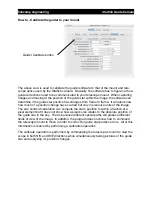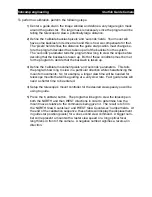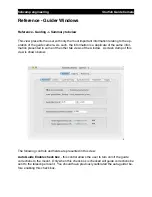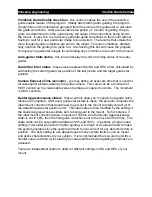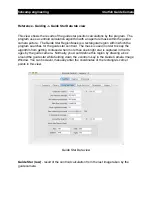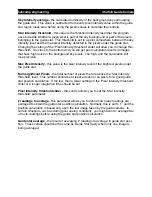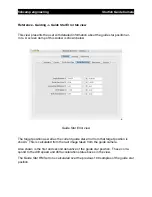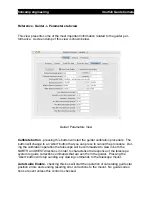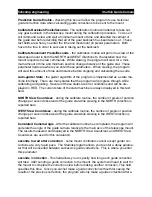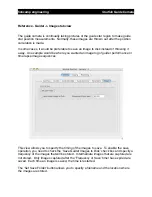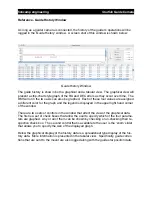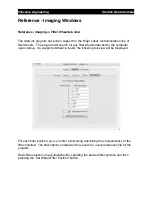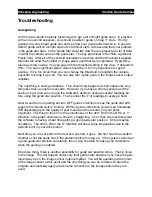
Troubleshooting
Autoguiding
An f/5 scope should be plenty fast enough to get a lot of bright guide stars.
In practice,
with a one second exposure, you should be able to guide on mag 11 stars. First try
guiding on a very bright guide star and see how your guide performance is. If you are
able to guide well on a bright star but not dimmer stars, let's assume that your problem
is the guide star data.
In the 'Guide Star Data' tab view there is presented a lot of data
on what the camera sees as the guide star.
The key parameter is the 'Num significant
Pixels' field.
After all of the centroid calculations are done and the threshold is applied,
this field will show the number of image pixels used that were significant.
Everything
else was thrown away.
You can play with the threshold setting in the view.
It defaults to
33%.
The 'num significant pixels' value should be >10 in my experience for good
guiding.
If it is too small, then you can change the threshold or lengthen the camera
exposure to bump it up a bit.
You can also turn up the gain on the image sensor output
amplifier.
The next thing is seeing conditions.
This should only happen at short exposures. Any-
thing less than a couple of seconds.
However, if you have a short exposure and the
seeing is bad, then you can use the software's ability to average several readings be-
fore using the guide star position.
That is under the '# of readings to average' field.
Next I would turn on guiding but turn OFF guide corrections to see the guide star drift
graph in the 'Guide history' window.
Without guide corrections you will see immediate
drift depending upon the quality of your mount and the accuracy of your polar
alignment.
The thing to look for is the smoothness of the drift.
Drift in the DEC or 'Y'
direction in the graph should be a smooth, straight line.
If not, then it is most likely that
the software is having a hard time getting a good guide star position.
Or, bad seeing
conditions.
The drift in RA or the 'X' direction will show some irregularities due to the
periodic error in your drive mount.
Next time you are out perform the test and see how it goes.
We first need to ascertain
whether or not the guide star is the problem before moving on.
If the system cannot get
a good guide star position calculation, then it won't be able to make good corrections
when the guiding is enabled.
One more thing, there is another possibility for guide star position errors.
That is noise
in the image.
This will happen under very faint guide stars and when you have the gain
turned way up on the image sensor output amplifier.
You will be operating at the limits
of the image sensor at this point and the only thing you can do to help is to have the
program automatically apply a dark frame correction to the images before they are
used.
fishcamp engineering
Starfish
Guide Camera

